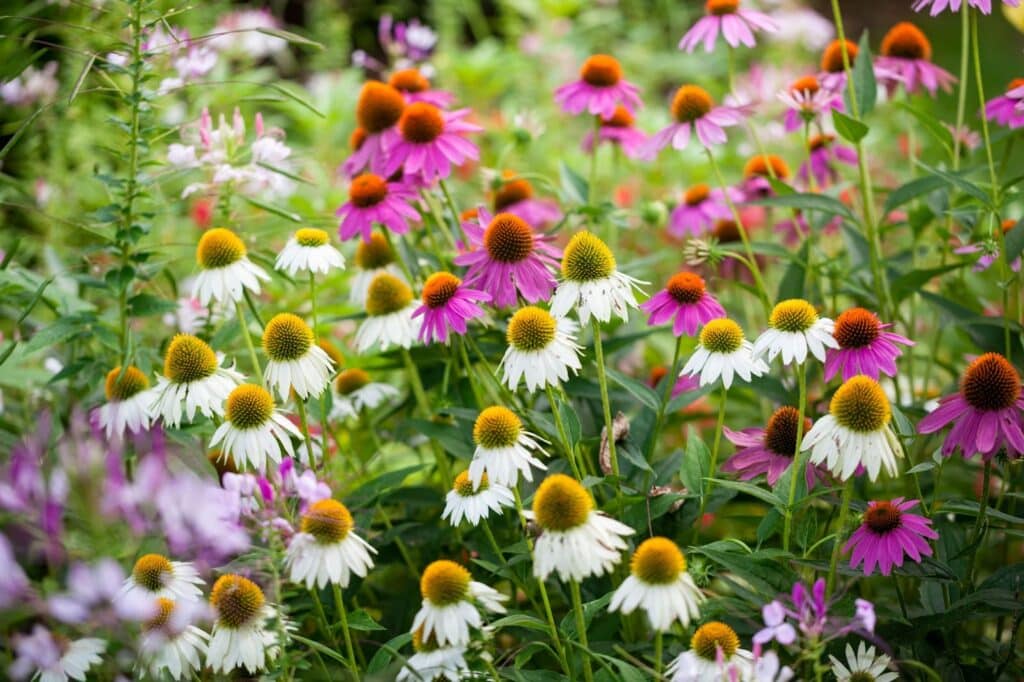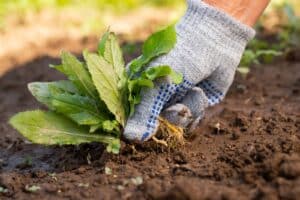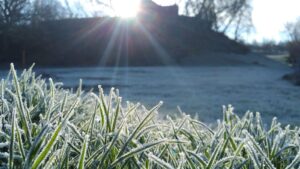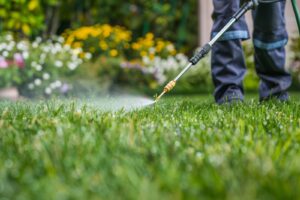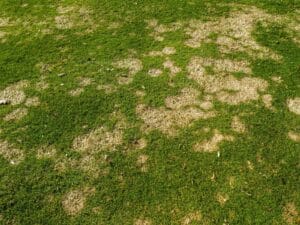Managing a beautiful lawn during Utah drought conditions may be challenging, but choosing the right water wise plants will make a significant difference. These plants survive with minimal water and thrive, providing a lush and appealing landscape.
Managing a beautiful lawn during Utah drought conditions can be challenging, but choosing the right water wise plants can make a significant difference. These plants survive with minimal water and thrive, providing a lush and appealing landscape.
Here’s a detailed guide on the best plants for drought conditions and how to incorporate them into your lawn care in a drought routine. Understanding the unique requirements and benefits of these plants ensures your lawn stays vibrant and healthy even in the harshest conditions.
Selecting species that naturally adapt to dry climates creates a sustainable garden that conserves water and requires less maintenance.
Let’s dive into the best water wise plants and effective lawn care strategies during Utah drought conditions.
Understanding water wise plants
Water wise plants are species that require little to no irrigation once established. These plants are adapted to thrive in dry conditions, making them ideal for Utah drought conditions. Selecting the right plants involves understanding their growth patterns, soil preferences, and how they fit into your overall lawn care strategy.
These plants conserve water and contribute to biodiversity by providing habitat and food for local wildlife. They often have deep root systems that help prevent soil erosion and improve soil health by promoting better water infiltration and nutrient cycling. Incorporating a variety of water wise plants will create a dynamic and resilient landscape that is visually appealing and environmentally friendly.
Benefits of water wise plants
Incorporating these plants into your landscape offers several benefits. They reduce the need for supplemental watering, lower maintenance costs, and create a sustainable environment. These plants also enhance the aesthetic appeal of your garden, providing color and texture even during dry periods.
Best water wise plants for Utah drought conditions
- Lavender
Lavender is a popular choice for water wise landscaping. Its fragrant flowers and silvery foliage add beauty to any garden. Lavender thrives in full sun and well-drained soil, perfect for Utah drought conditions. Regular pruning keeps the plant healthy and encourages more blooms.
- Russian Sage
Russian Sage is another excellent option. This hardy perennial produces tall spikes of lavender-blue flowers and gray-green leaves. It requires minimal water and grows well in full sun. Russian Sage is ideal for adding height and texture to your garden while being drought-tolerant.
- Agave
Agave plants are known for their striking appearance and low water needs. These succulents store water in their thick leaves, making them perfect for drought conditions. Agave varieties vary in size and color, providing options for different landscape designs.
- Yarrow
Yarrow is a hardy perennial with clusters of small flowers. It thrives in poor, well-drained soil and full sun. Yarrow is drought-tolerant and attracts beneficial insects like butterflies and ladybugs, enhancing your garden’s ecosystem.
- Coneflower
Coneflowers are resilient perennials that bloom throughout the summer. They are tolerant of heat and drought, making them ideal for Utah lawns. Coneflowers come in various colors, including purple, pink, and white, adding vibrant hues to your garden.
- Salvia
Salvia is a diverse genus with many drought-tolerant species. These plants produce spikes of colorful flowers and aromatic foliage. Salvias thrive in full sun and well-drained soil, making them suitable for Utah drought conditions.
- Penstemon
Penstemons are native to the western United States and are well-suited for dry climates. They produce tubular flowers in shades of red, pink, purple, and blue. Penstemons attract hummingbirds and are excellent for adding color and vertical interest to your garden.
Lawn care in a drought: Tips for success
Soil preparation
Healthy soil is crucial for the success of these plants. Improve soil structure by adding organic matter like compost. This enhances water retention and provides essential nutrients. Conduct a soil test to determine pH levels and adjust accordingly to meet the needs of your chosen plants.
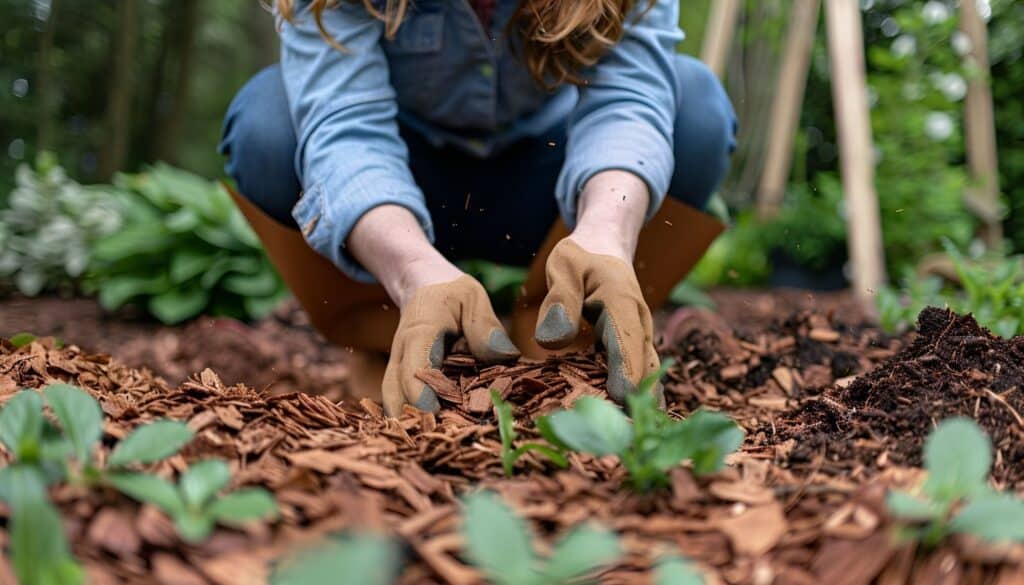
Mulching
Mulching helps retain soil moisture, suppresses weeds, and regulates soil temperature. Use organic mulches like bark chips, straw, or compost around your plants. Apply a 2-3 inch layer of mulch, keeping it away from the plant stems to prevent rot.
Efficient watering techniques
Even water wise plants need some water during establishment. Water deeply but infrequently to encourage deep root growth. Use drip irrigation or soaker hoses to deliver water directly to the plant roots, minimizing evaporation and runoff.
Plant selection and placement
Group plants with similar water needs together. This practice, known as hydrozoning, ensures efficient use of water. Place drought-tolerant plants in areas that receive full sun and well-drained soil. Avoid planting in low-lying areas where water might accumulate and cause root rot.
Maintenance and care
Regular maintenance keeps your garden healthy and attractive. Prune dead or damaged plant material, remove weeds, and monitor for pests. Fertilize sparingly with a balanced, slow-release fertilizer to avoid excessive growth and water demand.
Creating a sustainable landscape
Incorporating water wise plants into your landscape helps during drought conditions and promotes sustainability. These plants require fewer resources, such as water and fertilizers, reducing your environmental footprint. A well-designed garden also supports local wildlife, providing habitat and food sources.
The role of native plants
Native plants are excellent choices for water-conscious landscaping. They are adapted to local climate and soil conditions, requiring minimal water and maintenance. Including native plants in your garden supports biodiversity and preserves regional flora.
Using native plants, gardeners also reduce the risk of introducing invasive species that can disrupt local ecosystems. These plants have evolved to resist local pests and diseases, reducing the need for chemical interventions.
Their established root systems enhance soil structure and fertility, promoting healthier plant growth and increasing resilience to extreme weather conditions. Integrating native plants into your landscape fosters a harmonious environment that benefits the garden and the surrounding natural habitats.
Examples of native water wise plants
- Utah serviceberry (Amelanchier utahensis): This shrub produces white flowers in spring and edible berries in summer. It thrives in well-drained soil and full sun, making it perfect for drought conditions.
- Blue flax (Linum lewisii): Blue flax is a perennial wildflower with sky-blue flowers. It grows well in dry, rocky soils and requires little water.
- Bitterbrush (Purshia tridentata): Bitterbrush is a drought-tolerant shrub with yellow flowers and aromatic leaves. It provides food and habitat for wildlife and thrives in poor, well-drained soils.
Design tips for water wise landscapes
Color and texture
These types of plants come in a variety of colors and textures, allowing for creative landscape designs. Mix plants with different foliage colors, shapes, and sizes to create visual interest. Use flowering plants to add seasonal color and attract pollinators.
Layering and height
Create depth and dimension by layering plants of different heights. Place taller plants, like Russian Sage and Penstemon, towards the back of garden beds and shorter plants, like Yarrow and Blue flax, towards the front. This approach maximizes space and enhances the overall aesthetic.
Hardscaping elements
Incorporate hardscaping elements such as gravel pathways, rock gardens, and decorative stones to reduce the need for water-intensive plants. Hardscaping adds structure and contrast to your landscape, highlighting the beauty of your plants.
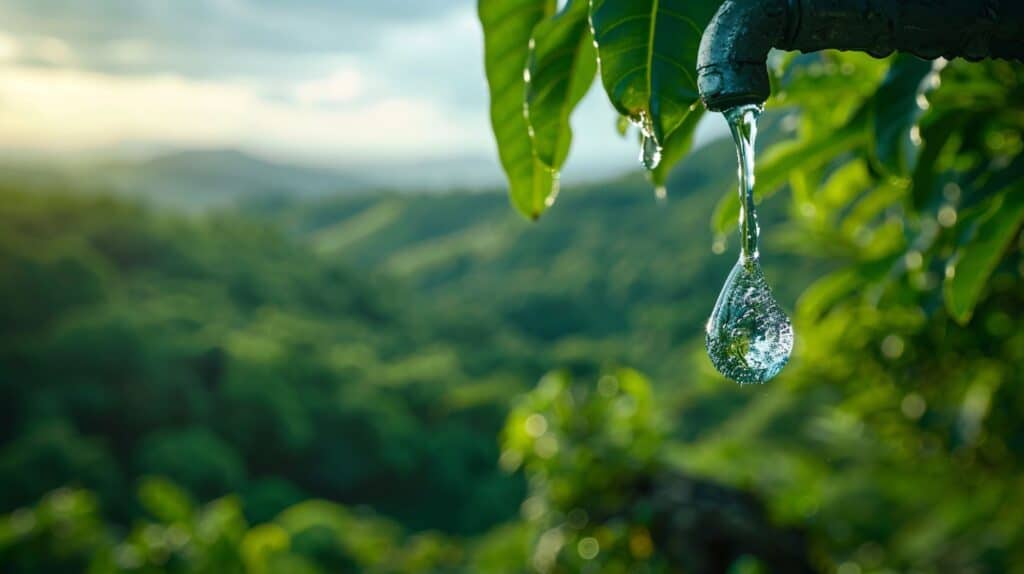
Benefits of water wise lawns
Environmental impact
Using these plants reduces water consumption and conserves a precious resource. This practice also decreases the need for chemical fertilizers and pesticides, leading to healthier soil and less pollution.
Cost savings
Lower water usage translates to reduced utility bills. Additionally, water wise plants typically require less maintenance, saving time and money on lawn care. These cost savings make landscaping a smart financial choice for homeowners.
Aesthetic appeal
A well-designed garden is both beautiful and functional. These plants provide year-round interest with their varied colors, textures, and forms. Water wise gardens enhance curb appeal and increase property value.
A quick recap of what we’ve discussed
Lawn care in a drought doesn’t mean sacrificing beauty and functionality. Incorporating these plants creates a resilient and sustainable landscape that thrives in Utah drought conditions. From vibrant flowers to striking succulents, these plants offer a range of options for every garden style.
With proper soil preparation, efficient watering techniques, and thoughtful design, you can enjoy a lush and bountiful garden while conserving water and protecting the environment. Embrace water wise landscaping and reap the benefits of a drought-tolerant, stunning outdoor space.
Summit Lawn and Pest Control
Tired of seasonal changes bringing weed issues to your yard? Trust Summit Lawn & Pest Control for effective weed management. Our skilled team designs customized plans to address your unique weed problems, handling seasonal challenges to keep your yard pristine year-round.
Whether it’s battling springtime weeds or winter invaders, we have you covered. We understand the local weed patterns and utilize advanced treatments to safeguard your property.
Don’t wait until weeds take control. Reach out to Summit Lawn & Pest Control today, and let us help keep your yard weed-free. Your peace of mind is a call or click away!


